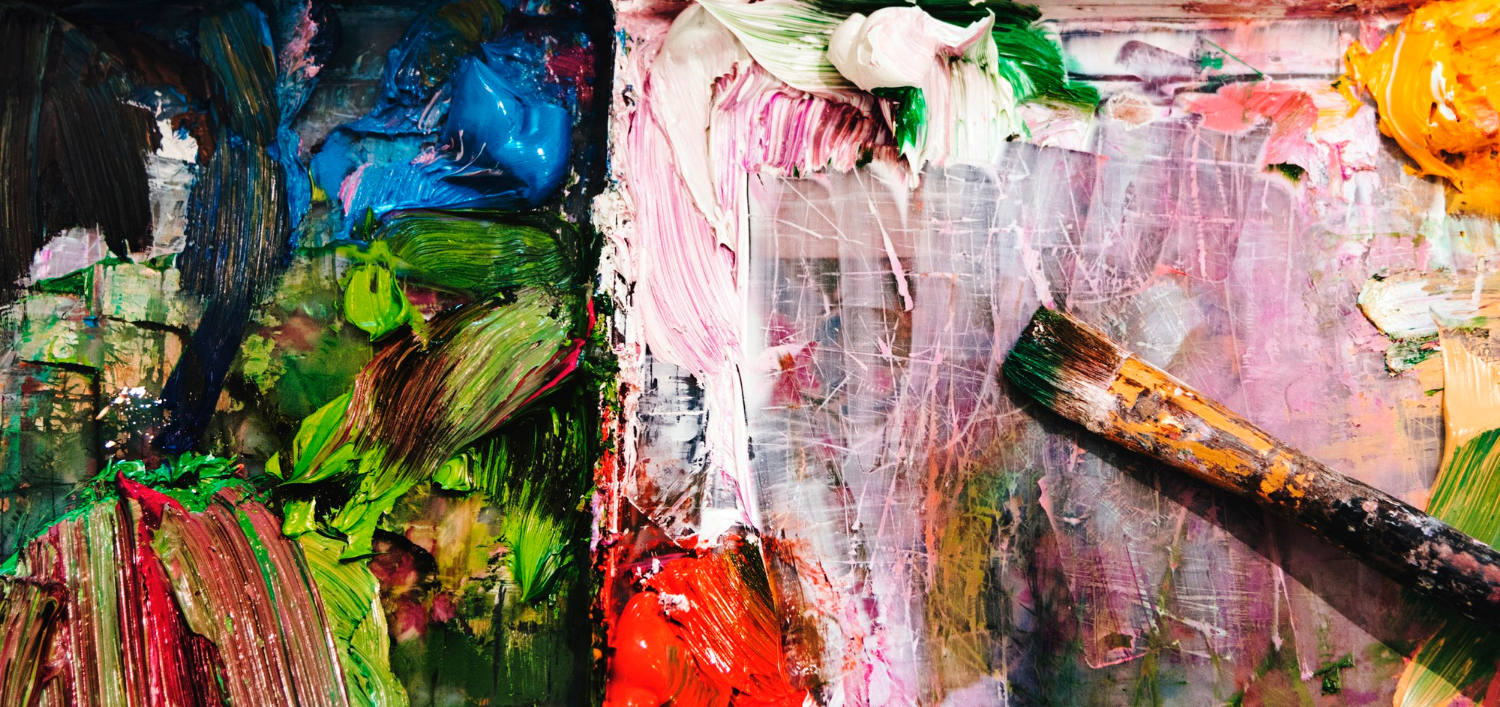You have to be the change to bring the change.

Art Facts: 3 Things You Can Learn
Our content is reader-supported. We may earn a commission if you make a purchase through one of our links.
What springs up in your mind when you first think about art? An astonishing lot of people still approach it as the career nemesis for people with no real aspirations. Some others view art as a pastime for ideal minds and hands. While others only interact with it from a distance, appreciating what catches the eye but claiming they don’t have the natural skill to indulge in it.
Remember when you showed someone your art, and they made that self-deprecating joke about their inability to draw even a stickman? Yes, that kind. Some others very cleverly insert “Till Death, we do art” in their Instagram bios.
We all seem to have our own notions about the meaning of art. It could be the epitome of human connection spanning generations, or only the primitive fraction of an otherwise civilized moment caught in oil paints on a primed canvas. In her poem ‘Wild Geese,’ Mary Oliver says, “Whoever you are, no matter how lonely/the world offers itself to your imagination.”
To a vast extent, I find art to be a similar phenomenon to the world itself, or perhaps a blueprint of it. There is a lot to explore in it, and there is a significant possibility that we may never unleash all the secrets of the artistic world. However, the most we can do is try to learn as many as we can. For your learning, here is a compilation of three intriguing art facts.
Art Fact # 1: Art Is More Than Just Drawing or Painting
Against the common misconception, sketching and painting are not the only activities that constitute art. As a form of creative expression, art need not be something you do on paper or canvas. Besides pencils, acrylics, watercolors, gouache, and oil paints, there are a plethora of other art mediums you can experiment and create art with.
Pottery making, for instance, can qualify as a fascinating form of art. Ever since the Neolithic revolutions, people have turned to clay pots for their practical purposes of transport. But somewhere along the lines, someone looked at their clay pot and thought to themself, what if I insert ornamentations here?
The first decorated pot probably had charcoal smudges or red ochre drawings only. While it may not be appealing to us, it was an impeccable form of beauty and solace for our ancestors.
Gradually, pottery making evolved into commercial activity and also gathered cultural undertones along the way. The early classical period in Greek prized its terracotta vases that people used for wine-drinking ceremonies. The painted ones also served as grave markers for elites of the society, their surfaces often depicting stories from the dead.
The Potter’s wheel has further reformed this art form, as now porcelain and stoneware utensils are also common besides earthenware. Art can also be an umbrella term for other activities like bronze and marble sculpting, stone carving, modeling, and architectural projects.
Besides, literature, music, cinema, and theatre are also notable art forms that make room for human expression, passion, and creativity.
Art Fact # 2: Art and Science Are Not Polar Opposites
A prevalent cultural myth places art and science at opposite ends of the spectrum. We find it tempting to approach the two subjects that way. After all, scientists have an obsession with facts and theories that are essentially objective. Gravity and the earth’s magnetic forces, for example, do not invite debate and interpretations.
While you can prove or disprove scientific theories based on experiments, you can’t claim that the universal laws make exceptions for you alone. Science is colored with rigidity and objectivity, whereas an artist seeks subjectivity and personal meaning, right? Not really.
The two are interwoven like strings, complementing each other constantly. Da Vinci, whom we know as a legendary artist, was the ideal representation of the Renaissance man. A lesser-known fact is that he was also an engineer, scientist, and botanist. His studies of human and animal anatomy and plants were then reflected in his work.
All amateur artists also eventually realize that painting human figures at challenging angles requires understanding how joints, muscles, and bones work. You can also work with space and form better if you grasp how gravity acts on objects of different masses.
For example, painting a person weightlessly floating in a stormy sea can become a metaphor for someone extraordinary and above the laws of nature. Besides, artists and scientists have plenty of common interests; stars, moon, night and day, the transitions of seasons, and the way the human mind perceives color and light, to list a few.
Art Fact # 3: Art Is a Powerful Weapon for Political and Religious Propaganda
Hold on, you say. How can the digital sketch of an anime character or the frustratingly beautiful portrait of a lady hold any political agency? It doesn’t seem likely. However, art has been weaponized as a political and social weapon of propaganda throughout history.
A prime example of this mechanism is the Baroque era, where the Church clergy commissioned religious paintings to ensure that the masses remained subservient to them.
The Roman artist, Pozzo, painted the ceiling of Church Ignatius as an illusion of heaven. It was an effective strategy to provide the visitors with an immersive experience of being in heaven, which was only achievable once they paid taxes to the churchmen.
In the French Revolution, sometime later, Louis VI also relied on his indulgent portraits to exhibit the intentioned permanence of his rule and grandiose.
Even before these art movements, going back to Mesopotamian society, we find similar examples. Hammurabi, the king we credit for his laws, commissioned a relief sculpture of himself receiving blessings from their sun god, Shams. This notion of the divinity having his back then lent agency to his laws, convincing people to conform to them.
Moreover, if you flip through a newspaper, you will find many political caricatures in contemporary times. Digital artists also create comics to ridicule a party, support a decision, or propose a change. Someone like Banksy is known for using social and philosophical undertones in his art.
Such subtle instances reinforce that art can also be a vehicle of social change, besides being a source of beauty and entertainment.



